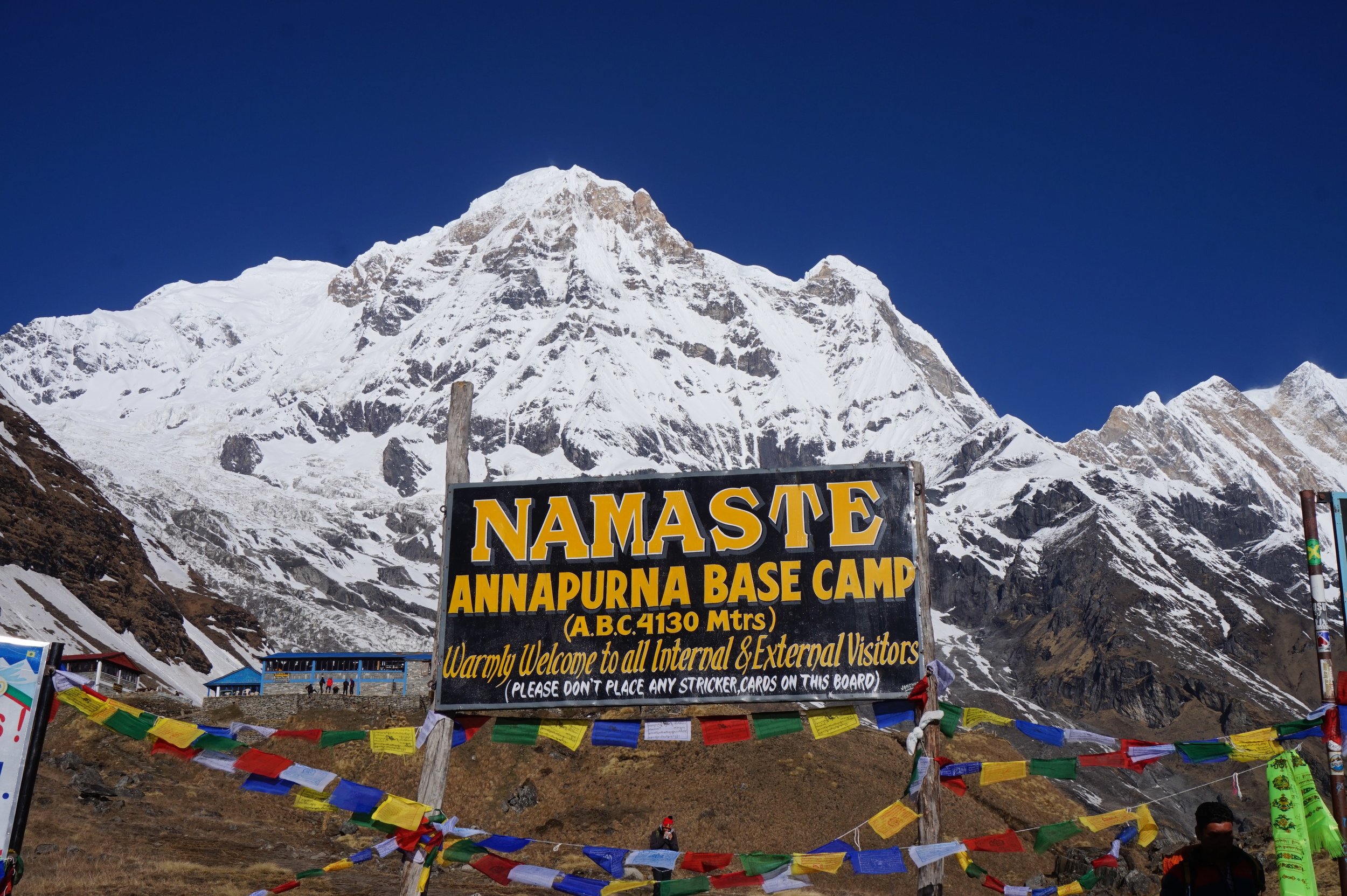Challenges Faced on the Everest Base Camp Trek
The Everest Base Camp (EBC) trek is a dream adventure for many, offering breathtaking landscapes and an opportunity to experience the grandeur of the world’s highest mountain. However, this trek is not without its challenges. From altitude sickness to unpredictable weather, trekkers must prepare for various obstacles along the way. Below are some of the major challenges faced during the Everest Base Camp trek.
1. Altitude Sickness
One of the most significant challenges is altitude sickness, also known as Acute Mountain Sickness (AMS). As trekkers ascend beyond 3,000 meters, the oxygen levels decrease, leading to symptoms like headaches, dizziness, nausea, and shortness of breath. Proper acclimatization, hydration, and a slow ascent are crucial to minimizing the risk of AMS.
2. Unpredictable Weather
The weather in the Everest region is highly unpredictable. Sudden snowstorms, heavy rainfall, and strong winds can make trekking difficult and dangerous. The temperature can drop drastically, especially at night, making proper layering and high-quality gear essential for survival.
3. Physical Exhaustion
The EBC trek is physically demanding, requiring trekkers to walk for 5-7 hours daily over rough terrains, steep inclines, and rocky paths. Even those with prior trekking experience may find the journey exhausting. Regular exercise and endurance training before the trek can help prepare the body for the strenuous journey.
4. Limited Accommodation and Food Options
As trekkers move higher, the availability of comfortable lodges and food choices decreases. Teahouses provide basic accommodation, but heating and warm showers may be limited. The food menu is mostly restricted to local dishes like dal bhat, noodles, and soup, making dietary adjustments necessary.
5. Remote and Isolated Terrain
The Everest region is remote, with no road access beyond Lukla. Trekkers must rely on footpaths and suspension bridges to navigate the trail. In case of emergencies, evacuation can be costly and time-consuming, requiring helicopter rescues that are dependent on weather conditions.
6. Risk of Injuries
The rugged trails and steep descents increase the chances of injuries such as sprains, muscle strains, and blisters. Carrying a first-aid kit, wearing proper trekking shoes, and using trekking poles can help reduce the risk of injuries.
7. High Trekking Costs
The cost of the Everest Base Camp trek can be high, including permits, guide and porter fees, food, and accommodation. Additionally, Lukla flights can be expensive and frequently delayed due to weather conditions. Budgeting wisely and booking in advance can help manage costs.
8. Communication and Connectivity Issues
Phone networks and internet access become weaker as trekkers ascend. Although some teahouses offer Wi-Fi, it can be slow and costly. Carrying a satellite phone or relying on local SIM cards with data packages can help maintain communication in case of emergencies.
Conclusion
Despite these challenges, the Everest Base Camp trek is a rewarding experience for adventure enthusiasts. Proper preparation, physical fitness, and mental resilience can help trekkers overcome the obstacles and make the journey successful. With breathtaking views and a sense of achievement, reaching EBC is an adventure of a lifetime.

